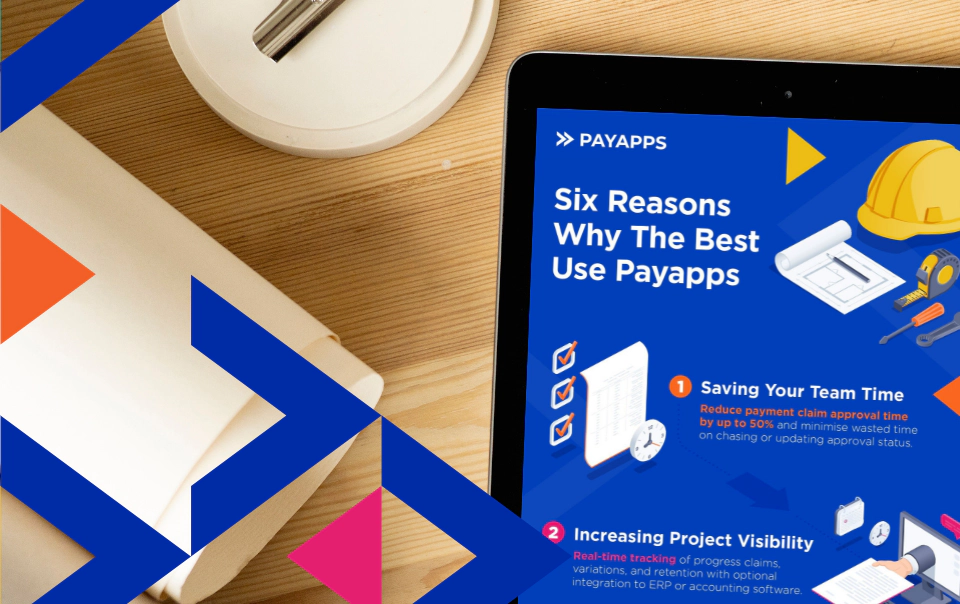TIME FRAMES AND THE SECURITY OF PAYMENTS ACT
THE SECURITY OF PAYMENTS ACT WAS PUT IN PLACE PRIMARILY TO ENSURE QUICKER PAYMENT FOR BUILDERS, BUT THERE ARE TRAPS FOR THE UNWARY IN THIS AREA THAT CAN HAVE SEVERE CONSEQUENCES.
The strict time frames often need to be carefully calculated to be correct and for ‘rights’ to be preserved. The regime uses business days rather than perhaps the more common calendar days.
SO IF YOU ARE A PROPERTY OWNER AND HAVE WORKS DONE BY A CONTRACTOR, AND YOU ARE A SERVED WITH A PAYMENT CLAIM, WHAT DO YOU? WHAT IF YOU DO NOTHING?
Payment can be due to be made in 10 days after a valid payment claim is due, or perhaps even earlier if the contract so provides. In the end, a court judgment with all the attendant possible enforcement mechanisms for that can be the result (such as a warrant of seizure and sale or personal and or real estate assets) of a valid payment claim being ignored or dealt with but too late.
The first critical fact is that you only respond with a payment schedule if for some reason you do not intend to pay the full amount of the valid payment claim or you intend to pay none of the payment claim amount. Just because your principal, if you are a builder, hasn’t paid you is not a valid reason to refuse to pay. Also, you cannot agree with the owner that the Act and its regime doesn’t apply.
With a payment schedule, there are certain details that must go into it but there is not a prescribed form as such. There are certain methods provided in the Act relating to how a payment schedule is served, primarily requiring delivery by post, email, fax or personal delivery or other contractually prescribed method. The critical thing is you get it served within 10 days after being served with a payment claim.
IF YOU DO NOT PAY AND DO NOT SERVE A PAYMENT SCHEDULE, IT CAN HAVE SEVERE CONSEQUENCES. FIRSTLY, YOU DO GET A SECOND CHANCE IF WITHIN THE FIRST 10 DAYS, A PAYMENT SCHEDULE IS NOT SERVED BY THE RESPONDENT.
A written notice should then be served by the claimant on the respondent giving the respondent (the recipient of the claim) only two more business days to provide a response! On this second opportunity, therefore, respondents are going to have to act really quickly.
What if (for example, because of a lack of awareness of these strict time frames or for some other reason) a response is still not provided by the respondent? That is, unfortunately, more common than one would think. In this case, a debt enforceable in law is created.
In addition, in the resultant adjudication, if an adjudication is applied for, the respondent is in a sense punished by not being able to then participate in the adjudication and raise, for example, a defence that the works are or were defective, or indeed any defence. An adjudication determination for the amount claimed plus costs is then unavoidable and inevitable. This adjudication determination then can become, once registered, a court judgment. Severe consequences indeed, and those consequences occurred recently in the case of experienced industry professionals. They were then, in that sense, locked out of the system and had to fall back on their then existent insurance claim.
Based on your exact situation, if you are in fact involved with an issue relating to security of payments claims, professional advice must be sought, lest you get ‘locked out’ of doing certain things connected with works and payment related issues.
The area is a minefield with very strict time frames and contains complexities that even persons relatively experienced in the building industry are not aware of.
Read the full article here: https://sourceable.net/responding-to-requests-under-the-security-of-payments-act/




